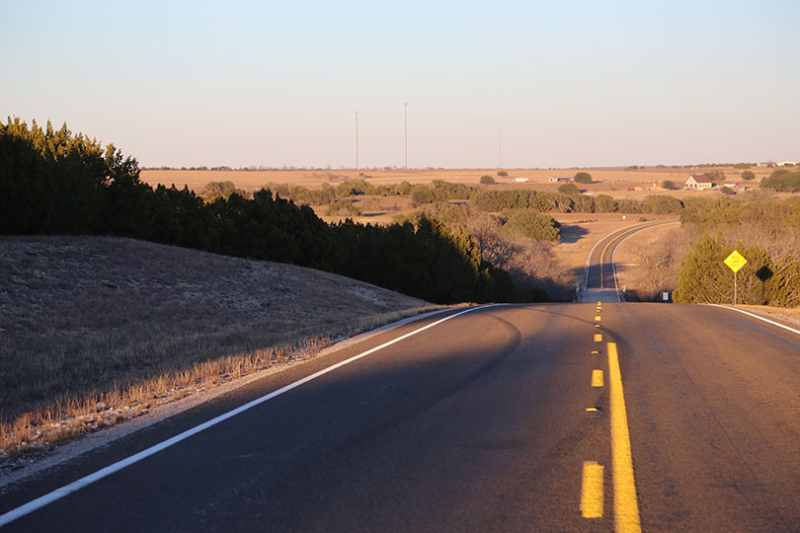The U.S. House passed a $1.2 trillion infrastructure bill Friday, Nov. 5, by a 225-206 vote. The vote broke a weeks-long deadlock between lawmakers that threatened to derail the legislation, but now the bill will head to President Biden for his signature.
The bipartisan Infrastructure Investment and Jobs Act passed the Senate in mid-August by a 69-30 vote and aims to improve the country’s roads, bridges and waterways.
Several agricultural organizations, including the American Farm Bureau Federation (AFBF), praised passage of the bill.
“While AFBF was disappointed with the unnecessary delays in the House of Representatives, we appreciate Congress finally passing crucial bipartisan infrastructure legislation,” Duvall said. “We cannot afford to ignore the millions of miles of roadways, waterways and railways rural America relies on to keep our country fed, especially as we see widespread supply chain challenges.”
The historic legislation will provide one of the largest increases in investment in roads, bridges, waterways, ports, transit, airports, electrical infrastructure and other projects in the U.S.
Infrastructure spending is set to increase by a projected $550 billion over 10 years. Of that, $110 billion is slated for roads and $40 billion for bridge projects. Another $66 billion will be used for rail projects, and $55 billion will go toward various water projects, including $15 billion to remove lead pipes and $200 million to address lead in school drinking water.
“As we repair crumbling roads and bridges and make much-needed investments in our ports, waterways, and rail transit, we will connect agriculture and rural communities to more markets and more economic opportunity,” U.S. Secretary of Agriculture Tom Vilsack said. “Upgraded power infrastructure, environmental remediation and clean and safe drinking water will power and revitalize communities historically left behind.”
Included in the bill is $65 billion to build out broadband infrastructure across the nation. States will be required to prioritize unserved areas, and projects will have to provide speeds of 100 Mbps download and 20 Mbps upload.
“Extending broadband to rural communities is just as much a priority,” Duvall said. “A quarter of America’s farm families have no high-speed internet access while working to meet the needs of a growing world. Investments in physical infrastructure like broadband will be critical to bridging the digital divide.”
The bill also increases funds for ports and inland waters by $17.3 billion and will provide $918 million over five years for the U.S. Department of Agriculture’s watershed programs.
Among other items included in the bill is $10 million for a byproduct pilot program for USDA to study the benefits of using materials derived from farm commodities in construction and consumer products.
Other key provisions include:
- Record investments in transit, walking and biking infrastructure
- $7.5 billion to begin building a nationwide electric vehicle charging network
- Funding for thousands of clean, electric school buses and low and zero emission transit buses
- $73 billion to strengthen the electrical grid and improve energy efficiency
- Beginning the process of reinstating the Superfund tax ‘polluter pays’ principle while also including additional funding to clean up Superfund and brownfield sites, reclaim abandoned mine land and cap orphaned gas wells
- $350 million to build wildlife corridors, which ensure animals can get under, around or over roads to migrate, mate and maintain biodiversity
For more information about the bill, click here.

